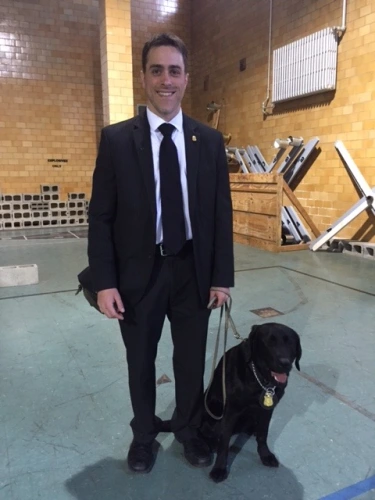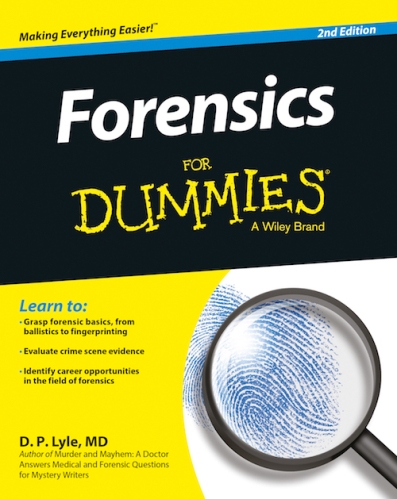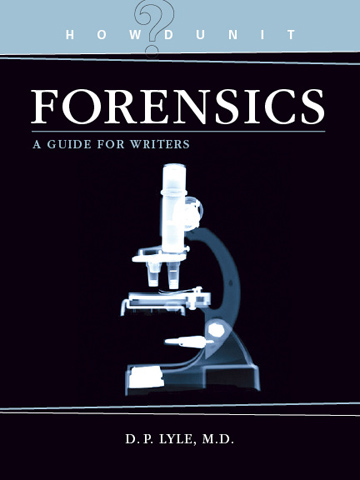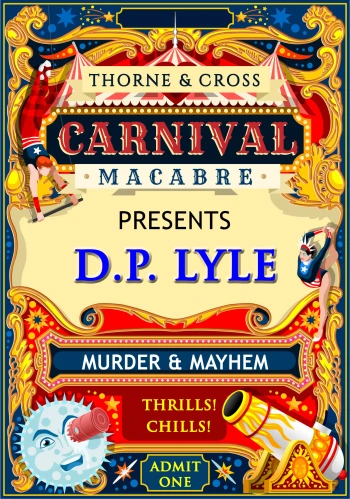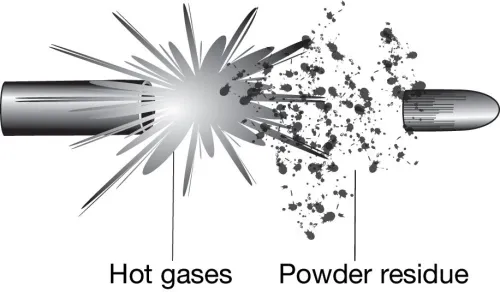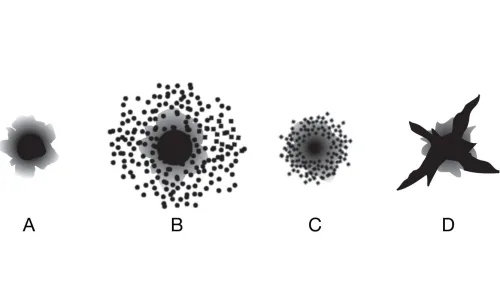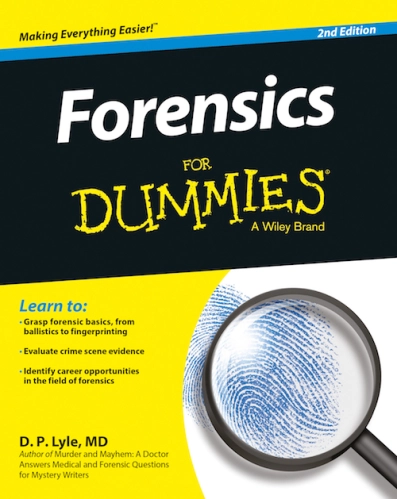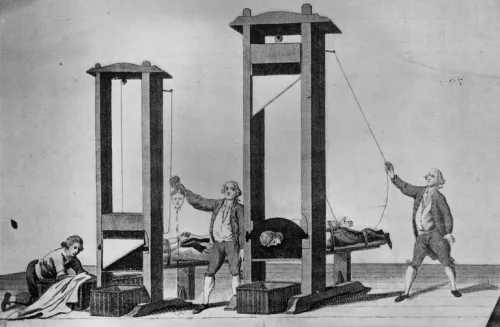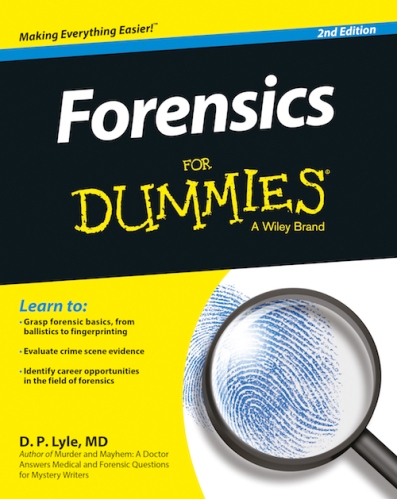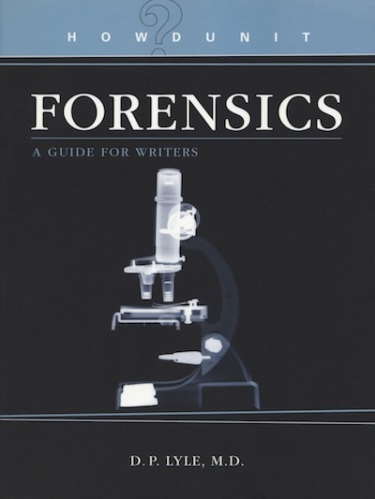Criminal Mischief: The Art and Science of Crime Fiction: Episode #47: Amnesia and Trauma
LISTEN: https://soundcloud.com/authorsontheair/episode-47-amnesia-and-trauma
PAST SHOWS: http://www.dplylemd.com/criminal-mischief.html
SHOW NOTES:
Amnesia has been a part of fiction for many years. Jason Bourne in The Bourne Identity is a classic example. The character was apparently based on the real-life case of Ansel Bourne, who in 1887 was likely the first documented case of amnesia. Even Agatha Christie suffered her own brush with amnesia—or maybe not. This one has been the source of argument and conjecture for decades.
I frequently receive questions from crime writers about amnesia so it remains a common topic. In fact, amnesia questions were included in my Question and Answer books. One of the best:
Can A Blow To the Head Cause Unconsciousness and Amnesia?
Q: How hard do you have to be hit on the head to be knocked unconscious? Is there a particular place on the head, that if struck would be more likely to cause unconsciousness? How long does it usually last? How hard do you need to be hit to cause partial or temporary amnesia? What sort of things do people forget in these situations? How long does it usually last? Are there any other physical symptoms a writer should be sure and include in a scene with head trauma?
A: In medical terms a blow to the head, or anywhere else, is called blunt force trauma as opposed to sharp force trauma as would occur with a knife or some other cutting instrument. When the blow is to the head, it is called a blunt head injury.
The degree of force required to render someone unconscious is completely unpredictable and varies from situation to situation and from person to person. Though a minor tap on the head is not likely to cause unconsciousness in anyone, almost any blow of significant force can. It makes no difference where the blow strikes the head as far as causing unconsciousness is concerned. That is, a blow to the front of the head is no more likely or less likely to cause unconsciousness than would one to the side or back of the head.
The period of unconsciousness in a simple concussion, which is what loss of consciousness due to blunt force head injury is called, is measured in seconds or minutes. Unlike Hollywood where the bad guy is slugged in the jaw, knocked unconscious, and then written out of the script after that — or at least the hero no longer has to worry about him — is not what happens in real life. Think about every boxing match you’ve ever seen. One guy smacks the other one, knocking him unconscious, and 30 seconds later the guy is awake and complaining that it was a lucky punch. This is what really happens.
Unconsciousness from a simple concussion can last several minutes and maybe even up to 10 or 15 minutes, though that would be unusual. Typically the person wakes up with a minute or so but might be slightly groggy or confused for a while, again for several minutes. But if he is unconscious for longer than a few minutes, the odds are that a serious injury to the brain has occurred or that bleeding into and around the brain has happened, Both of these situation are true medical emergencies. It doesn’t sound like that’s the situation you are posing with your questions.
Amnesia can indeed follow blows to the head. Typically the blow has to be powerful enough to render the person unconscious or at least woozy before amnesia enters the picture. But I should point out that other than the time period the victim is actually unconscious there is no loss of memory in the overwhelming majority of people who suffer head injuries. Amnesia is not rare but it is not common. But amnesia can occur after head injury, so you can absolutely use this in your story.
Amnesia comes in many flavors but they are usually divided into retrograde and anterograde types. Anterograde amnesia is very rare and is a situation where the person cannot form new memories. This was the subject of the excellent movie Memento. I won’t dwell on this since this is not the type of amnesia your questions deal with.
Retrograde simply means whatever came before. This type of amnesia is the most common in that the person forgets things that happened before the injury. This amnesia can cover events that occurred for only a few minutes before the injury, a few hours, a few days, weeks, or months, or can go back to forever. The person can forget some things and not others, such as he might not remember his name but might remember his address and phone number. He might remember some people but not others. He might recognize people but not be able to recall their names.
Or he could have what is called global amnesia in which he remembers nothing, not his name, not where he is, not where he came from, and virtually everything else. This type of amnesia can be temporary or permanent. It may only last for a few minutes, hours, days, or months or in some people it can last forever and be a permanent loss of memories.
When memories begin to return, they can come back suddenly and completely, partially, or in fits and spurts. The person might remember some things within a few minutes but other things might be lost in the cloud of amnesia forever. Virtually anything can happen so this means that your story can be crafted in almost any way you wish.
The other symptoms that can be associated with a concussion of this type are headaches, dizziness, poor balance, nausea, blurred vision, and generalized weakness and fatigue. These symptoms usually are minor and only last a few hours but they can become more problematic and last for many days and in some people for many months. There is no real treatment other than time and perhaps medications for headaches if they become chronic.
LINKS:
Ansel Bourne Wikipedia: https://en.wikipedia.org/wiki/Ansel_Bourne
The Real Bourne Identity: The Psychology of Ansel Bourne:
https://www.psychologytoday.com/intl/blog/mind-brain-and-value/202010/the-real-bourne-identity-the-psychology-ansel-bourne
Mysteries of the “Mystery” Author Agatha Christie’s Disappearance in 1926: https://historycollection.com/mysteries-of-the-mystery-author-agatha-christies-disappearance-in-1926/
Mayo Clinic: Amnesia: https://www.mayoclinic.org/diseases-conditions/amnesia/symptoms-causes/syc-20353360
My Q&A Books:
MURDER AND MAYHEM
FORENSICS AND FICTION
MORE FORENSICS AND FICTION
